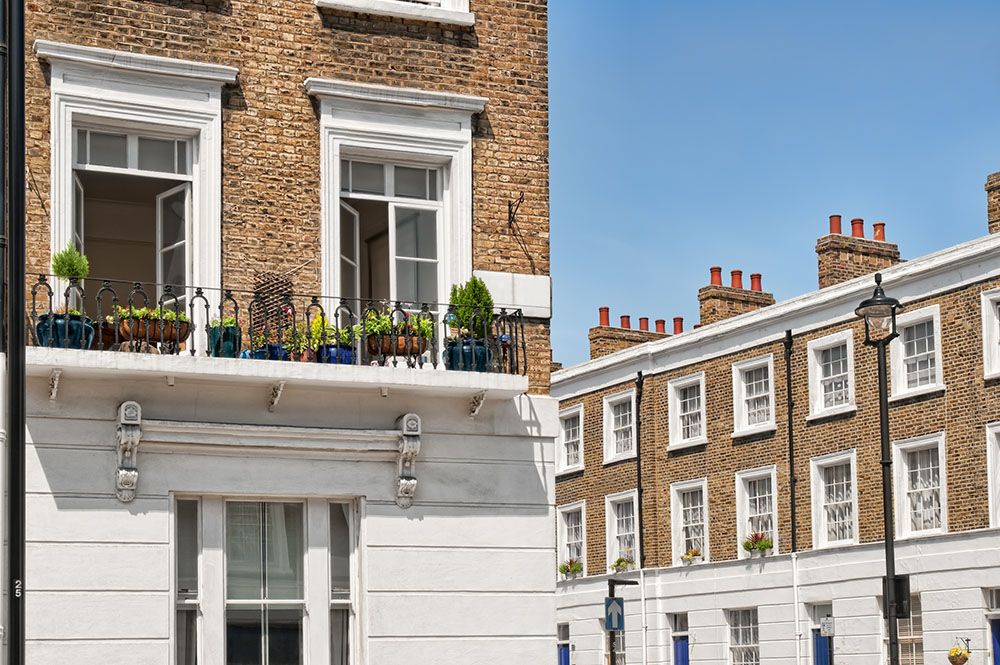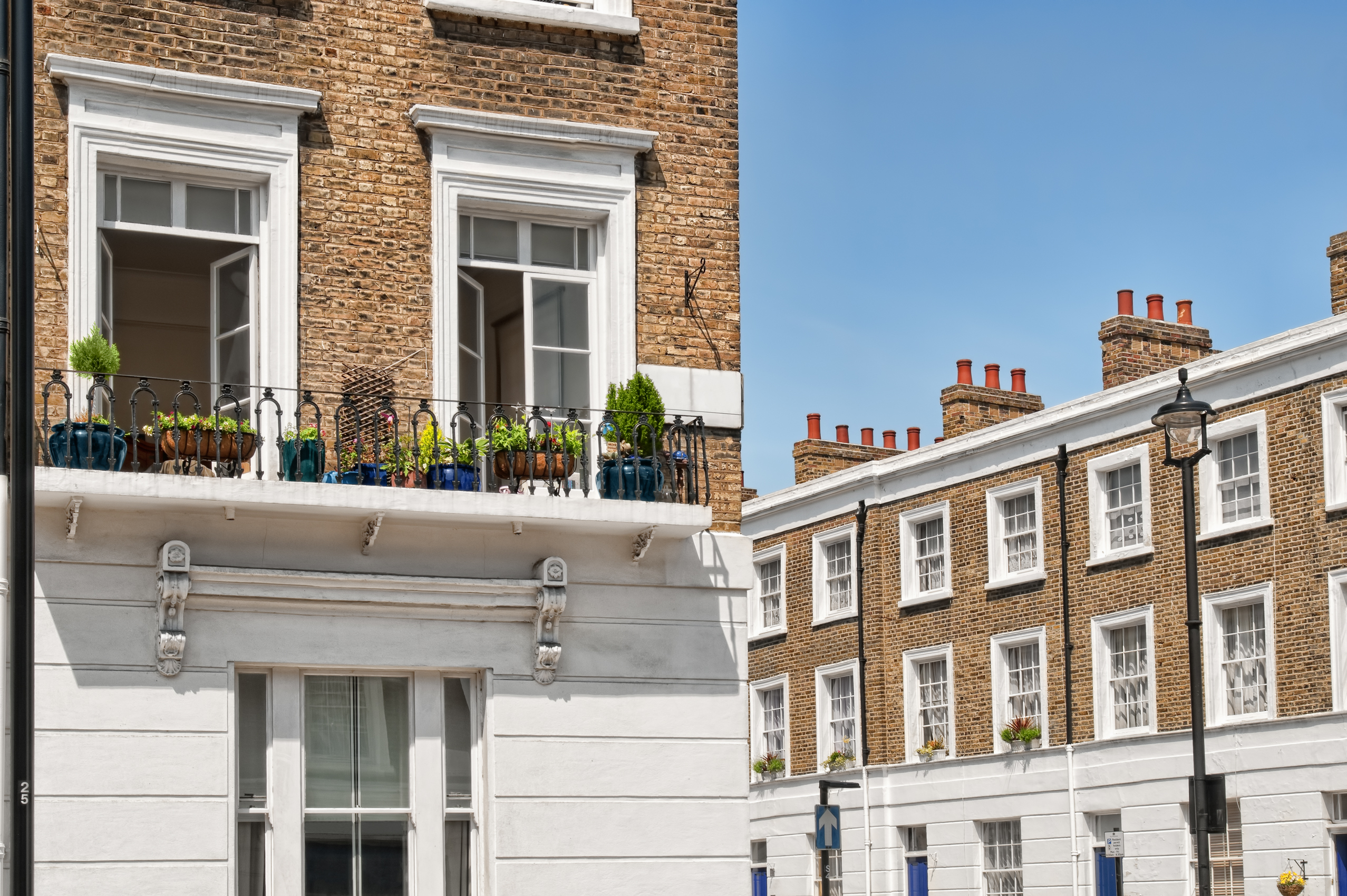Ask any London renter and they’ll tell you competition for properties is fierce. While prices are starting to fall slightly in some areas, the capital’s private rental sector remains largely expensive.

So it’s crucial to research and plan your move in detail. Understanding the property market – and the differences between London boroughs – will give you the best chance of finding a home you love. Let’s look at what you need to know.
Everything starts with your budget
Before booking any viewings, decide what you can afford. A general rule of thumb is that your rent costs no more than 40% of your monthly income. When calculating your rent, make sure to include:
- council tax
- Wi-Fi
- utility bills
- insurance
- the deposit
Having a clear budget will save you from wasting time on properties and areas out of your reach. You’ll feel confident you can manage the rest of your living expenses, too.
One way to make your rent more affordable? Share it with other people. Your university or college is likely to have a service that helps you find other students who are looking to split rent.
Here’s a map of rents across the city.
Each London borough has its own character – and cost
The capital is a magnificent but vast city, where a real mix of accommodation and communities sit side by side. If you can, spend some time exploring the streets and parks of each area on your list. You’ll quickly get a sense of how much boroughs vary – from the pristine affluence of Chelsea to the buzzing pavements of Hackney.
Before you fall in love with a postcode, remember the practicalities. How will you travel to your university or college? Where else will you regularly visit? You might choose to live further from the centre if you’re within walking distance of an overground station. Look at the TfL (Transport for London) website to plan routes and research the cost of tickets, factoring in Oyster cards and travelcards.
The right property comes down to the details
Got viewings in the diary? Now is the time to look carefully at the details of your potential home.
- Inspect the property with a sharp eye
Watch out for signs of mould, dampness and damage to walls, floors and ceilings. Test the doors and windows to see if they all open properly. Check the water pressure and flush toilets to see if everything works as it should. You’ll be glad of such attention to detail if you move in!
- Check for safety standards
Are there working smoke alarms on every floor? A carbon monoxide detector for gas appliances? Don’t be afraid to ask for Gas Safety Certificates for any gas installations.
- Research the landlord and property management
Having a reliable landlord can make a real difference to your stay in London. Look for online reviews of a property’s landlord or letting agent to see what other people think of them. Pay attention to how helpful this person is when you ask them questions.
- Ask about the deposit protection scheme
UK landlords must put your deposit in a government-backed tenancy deposit scheme (TDP) within 30 days of receiving it. This legal requirement makes sure you get your deposit back at the end of your tenancy, so long as there are no disputes over damage or unpaid rent.
Experienced advice goes a long way
Navigating the London rental market can be challenging, especially if you’re unfamiliar with the boroughs, which can massively vary in their cost. What’s more, the market moves quickly and you have little time to consider your options. At Winkworth, we give only the most considered advice to guide your search. Take a look at the London offices and get in touch with a Winkworth branch.



